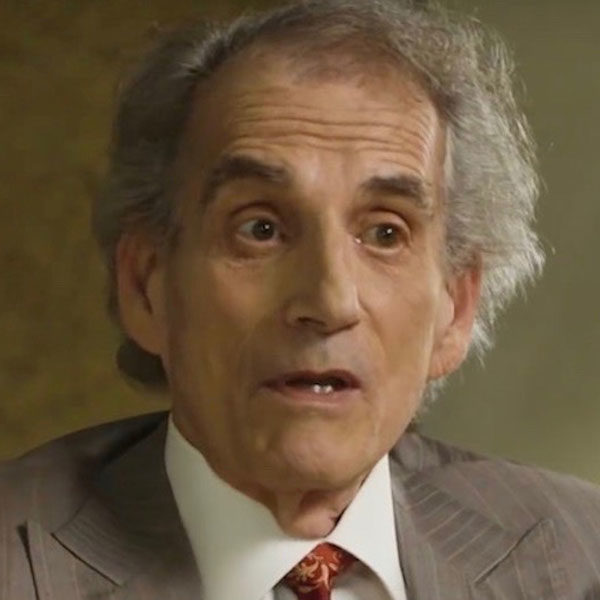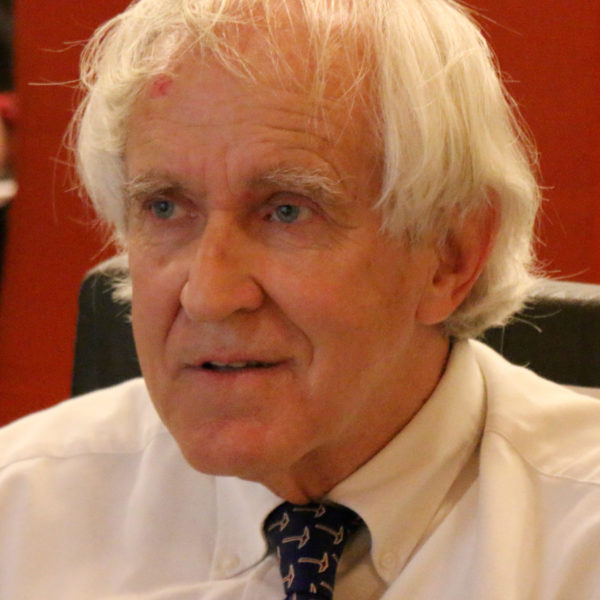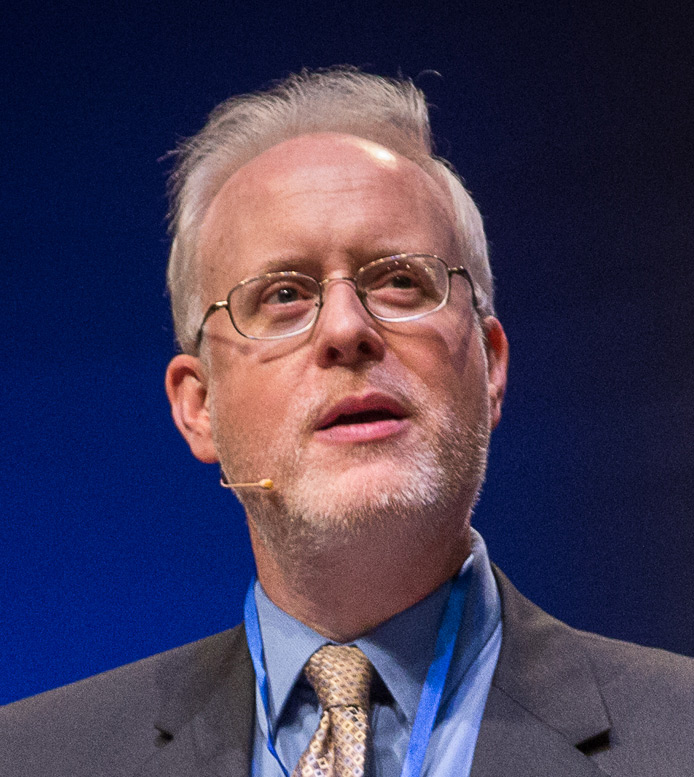It seems increasingly clear that the gatekeepers of science are either helpless to do anything about the damage that fraudulent papers are doing to science, or they appear to be indifferent or, in a few cases, are actively co-operating. Recently, Brooklyn-based freelance journalist Vince Bielke wrote a three-part series on this at Real Clear Investigations.
Massive Increase in Retractions
In the first part, he starts on a positive note, profiling bogus science hunters:
Molecular biologist Mike Rossner, who has committed his life to following the science, now finds himself playing an unexpected if urgent role — exposing the fraud of his fellow scientists.
Rossner is part of a network of experts that sniff out researchers who intentionally or recklessly fabricate, falsify, or plagiarize evidence. Rossner, a consultant specializing in identifying manipulated and duplicated images in journal papers — a telltale sign of deceit — has been dismayed by his findings at U.S. research centers. Scientists often have deleted the data underlying the images, making misconduct harder to prove and casting doubt on the validity of the research.
“Fraud Hunters: Sniffing Out Bogus Science,” August 13, 2025
Fraud in science has become surprisingly common:
In recent years, research misconduct has tainted the country’s most venerable universities, including Harvard and Johns Hopkins. To date, more than 20 Nobel Prize winners have had papers retracted by the journals that published them, a move often associated with misconduct, according to Retraction Watch. The watchdog group says that retractions worldwide increased fivefold in the last decade.
“Sniffing Out Bogus Science”
The “publish or perish” culture, lax oversight, secrecy, the low status of research integrity officers (RIOs), the risk of defamation lawsuits from high-status actors, and the persecution of whistle-blowers are all thought to be factors.
Deepening Crisis
From the second part:
Wiley, a major academic publisher with 1,600 journals, has warned that its industry faces a “deepening crisis” from paper mills. They first appeared about 15 years ago, and many have evolved into sophisticated businesses, producing complex papers with all the trappings of science. Mills appear to hire scientists, perhaps drawing from the surplus of Ph.Ds., and include lab facilities in their sales pitch.
The basic business model is selling authorship slots, if not the entire paper, to scholars on a wide variety of topics, from cancer research to economics to education, according to the COPE report. Paper mills write the articles, create charts based on online or fabricated data, respond to queries from editors, and guarantee publication in journals indexed to essential platforms like the Web of Science. It’s a wall-to-wall scam so convincing that journal editors, who are typically unpaid and have limited time for vetting papers, are easily deceived.
“Paper Chase: A Global Industry Fuels Scientific Fraud” in the U.S., October 28, 2025
Sometimes the reviewers are in on it:
Journal editors commonly ask authors to recommend scientists who can peer review their work, which theoretically should provide a shield against publishing fake research. But when a mill produces the article, it sometimes recommends its own reviewers who then provide positive feedback to editors about a bogus article, according to the COPE report. In 2021, a SAGE journal pulled 122 published papers because of “clear indications that the submission and/or peer review process … was manipulated.”
“Fuels Scientific Fraud”
The Underlying Problem Is the Current Business Model
The third article in the series deals with a rebellion that makes that clear:
For many years, the prestigious journal Philosophy & Public Affairs published about 14 peer-reviewed articles annually. So its small volunteer staff of renowned scholars was shocked to learn that its publisher, Wiley, was demanding a significant increase in production, at one point requiring 35 new articles within 60 days.
Instead of compromising its peer-review process and rushing low-quality papers into print, then-Editor-in-Chief Anna Stilz at the University of California, Berkeley, led a revolt that culminated in the mass resignation of the journal’s entire editorial staff and board.
“Wiley told me if I didn’t publish more, I wouldn’t have a journal for long. These conversations were very hostile,” said Stilz, explaining the mass resignations. “I wanted to give our readers high-quality pieces. We were selective.”
“How the Avalanche of Academic Papers Threatens Scientific Research,” November 19, 2025
Fraud is, in part, encouraged by the business model:
In recent years, Wiley and four other major publishers of academic literature, called the Big Five, have generated robust profit margins by ushering in large and unprecedented increases in the number of published papers. The globalization of research, with China emerging as the world’s leader a few years ago, and the ongoing ethos of “publish or perish” that’s the lifeblood of academic success, have generated an avalanche of scholarship. The Big Five has accommodated and encouraged it by launching new journals and special issues and fattening others.
Even scientists admit that much of academic publishing has run amok, overwhelming the quality-control methods of many of the 12,000 journals owned by Elsevier, Springer Nature, Taylor & Francis, Wiley, and Sage.
“Threatens Scientific Research,”
The Big Five, fattened by taxpayer dollars, make 30–40 percent profit a year from all this.
This is actually what a declining system looks like: Profits are artificially maintained by tax dollars so sinking quality does not send the alarm signals it would otherwise. The incentive to purge the ranks is likewise reduced. There is much more information at the links, mostly sobering.
Cross-posted at Mind Matters News.









































